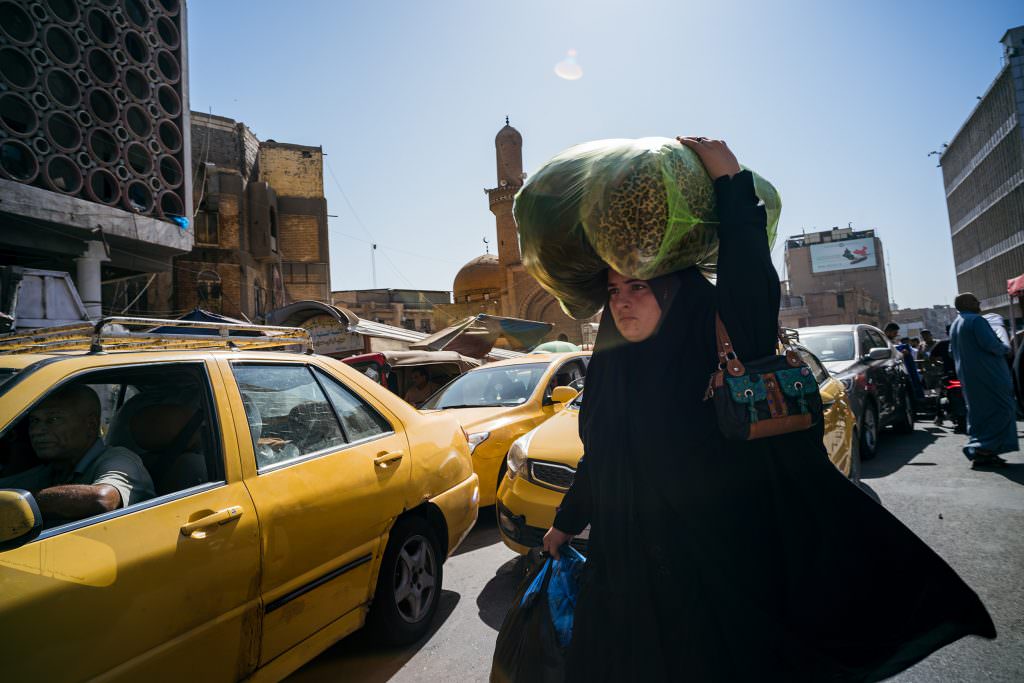Fourth Exibart Street Contest. Discover the Finalists: Andrea Peruzzi
Dear Andrea,
first of all, congratulations! You are one of the ten finalists in our fourth Street Photography Competition in the Best Series category, and we are very happy to have this interview with you. Can you tell us something about yourself and about the finalist series? What was the main source of inspiration for this photo series? What did you hope to communicate through these images?
Good morning to all the staff and the jury. Thank you, and I am happy to have been selected among the finalists of this prestigious competition. My name is Andrea Peruzzi, I live on the outskirts of splendid Florence, and I love carrying out street reports around the world to document, place by place, what the streets and therefore the people I meet have to say. In recent years, I have been fortunate enough to be awarded internationally for my photographs, which span various photographic genres.
The images in this finalist series are part of a large project called “Days of a Renaissance,” created during a trip to Iraq a few months ago. This series aims to show the current face of the country, which, after many difficult years, is now experiencing its own “Renaissance.” A selection of this street-reportage project is currently on display for Leica Italia at the Leica Store in Florence.
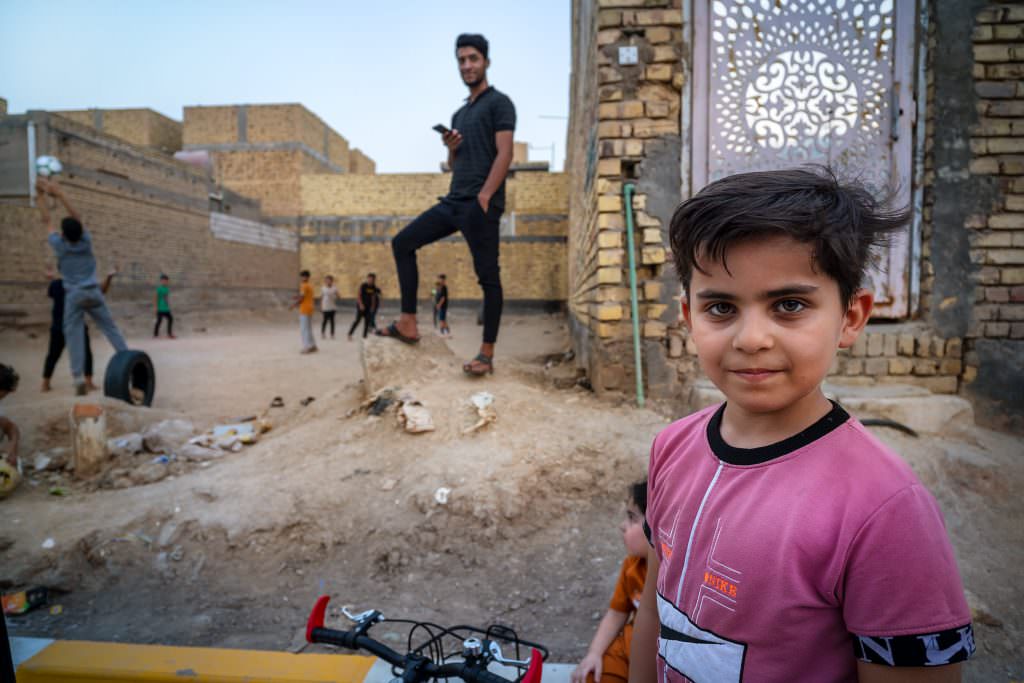
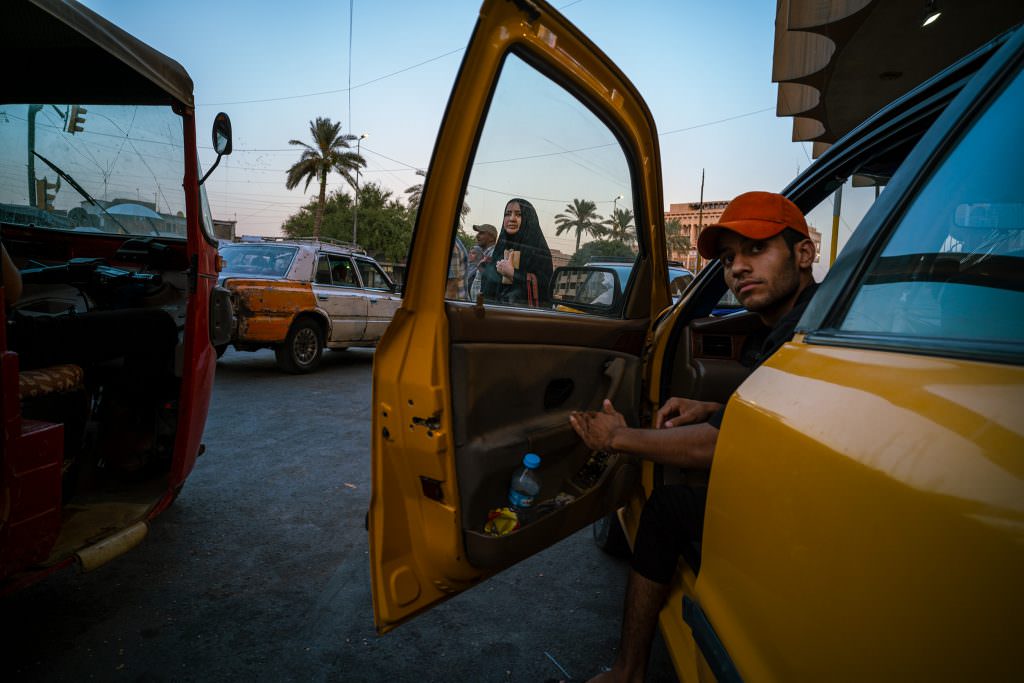
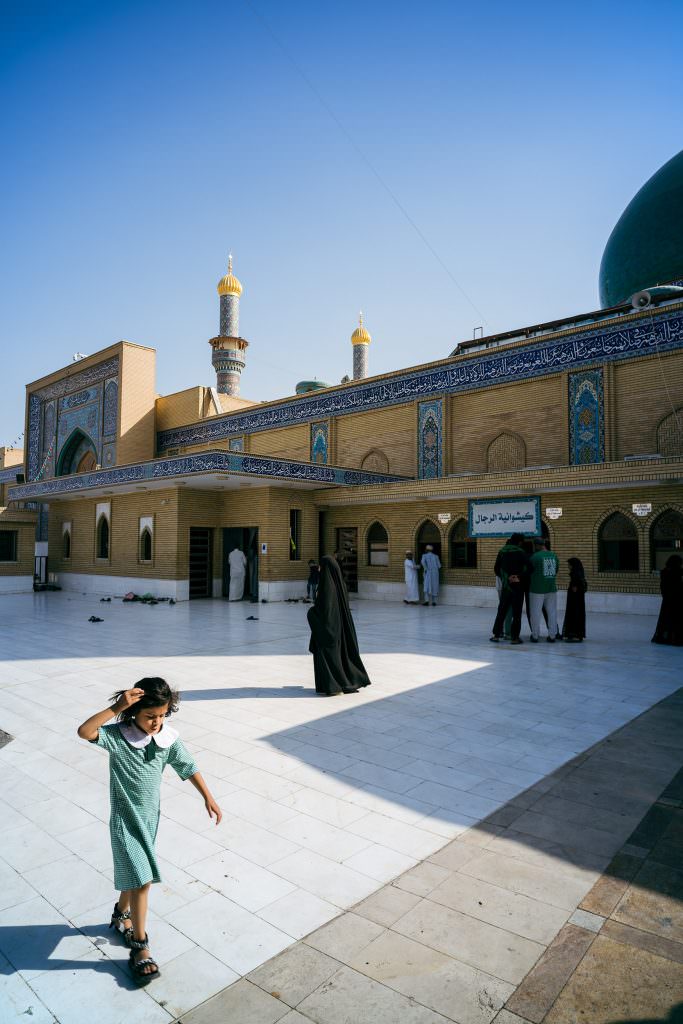
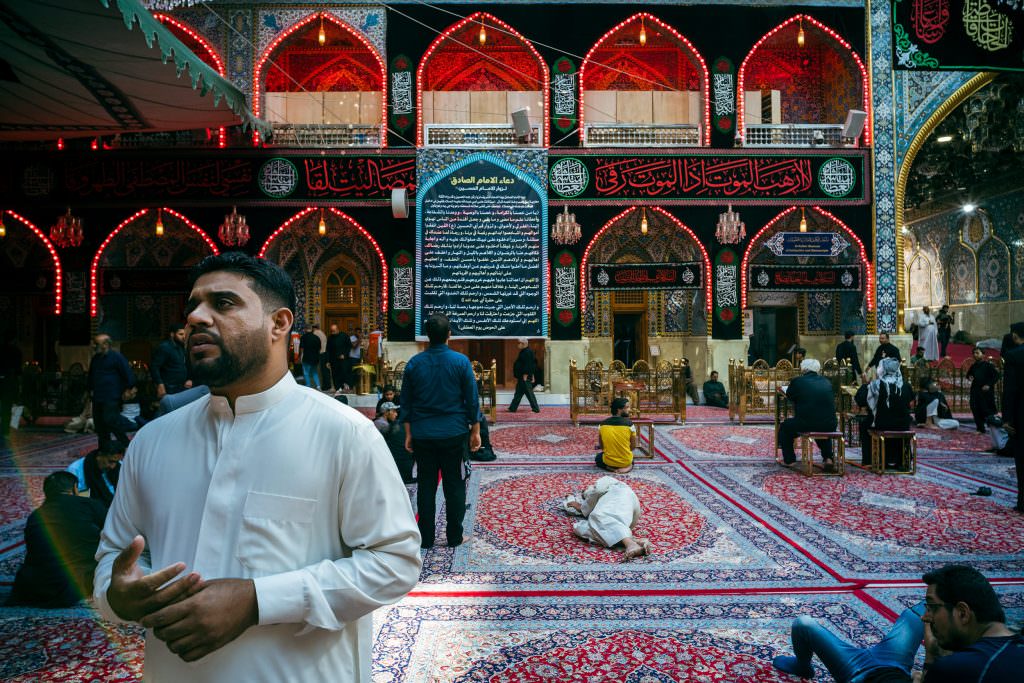
How do you choose the subjects or scenes to photograph?
I really like spontaneity in this type of project. Although I almost always follow a pre-prepared and studied travel plan, I can affirm that nothing is better than wandering around, observing the people and the light at various times of the day. Paying attention to everything that happens allows me to seize the moment, knowing it will probably never return or I will never visit that place again.
Is there a theme or thread you follow when creating a new series?
Not always. It depends on whether I want to document a specific event, such as a ceremony, or something limited about a place, or if I am documenting daily life in a country. I interpret it differently and leave the creation of a bond between the photos to the spontaneity of the moments captured.
Color seems to play a significant role in many of your photographs. How do you use color to influence the mood or message of your images?
Yes, I absolutely love the colors and shades they can create in a photo. However, I dislike the so-called “presets” that standardize the shades of each photo in post-production to make them similar. For me, each photo must be free and unique, even if it can be connected to other photographs to tell a story with different colors. I hope I have explained the concept I mean. However, even black and white photography sometimes gives me strong emotions.
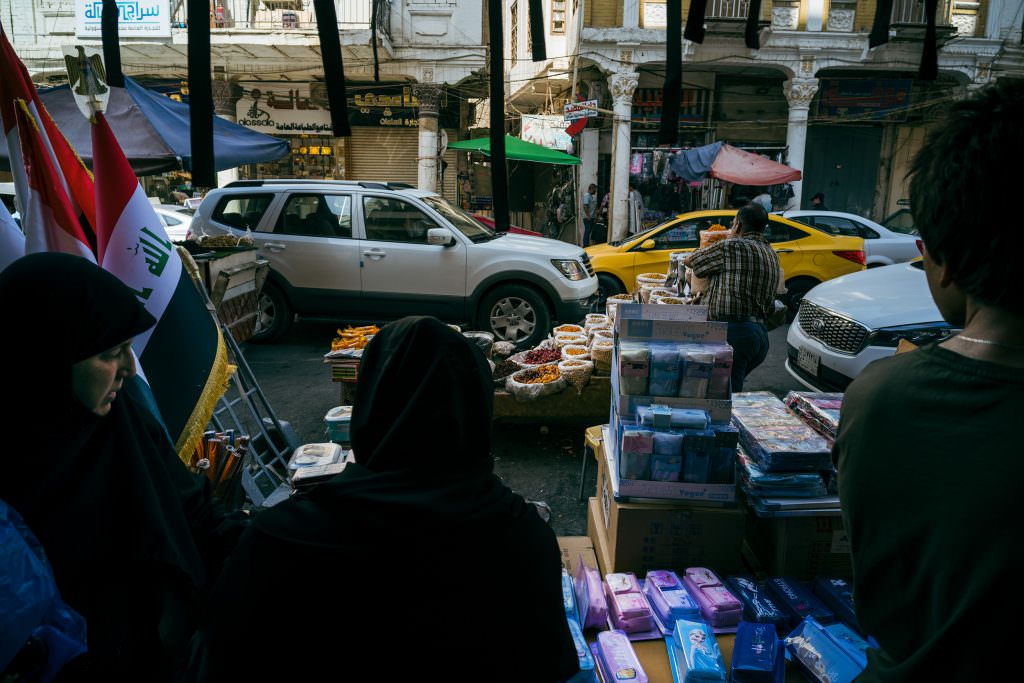
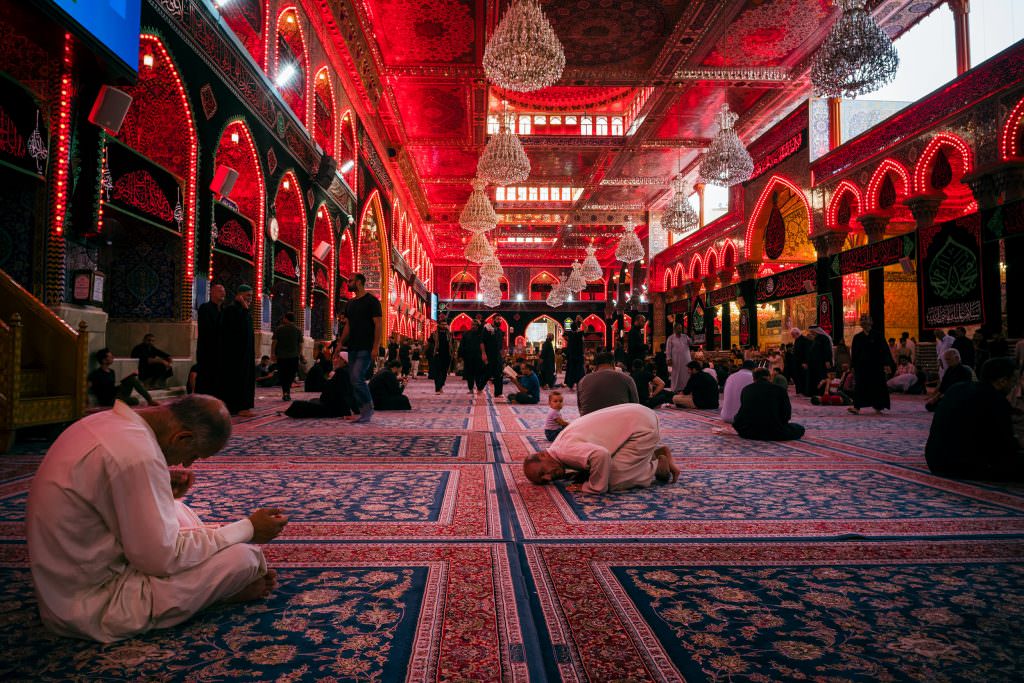
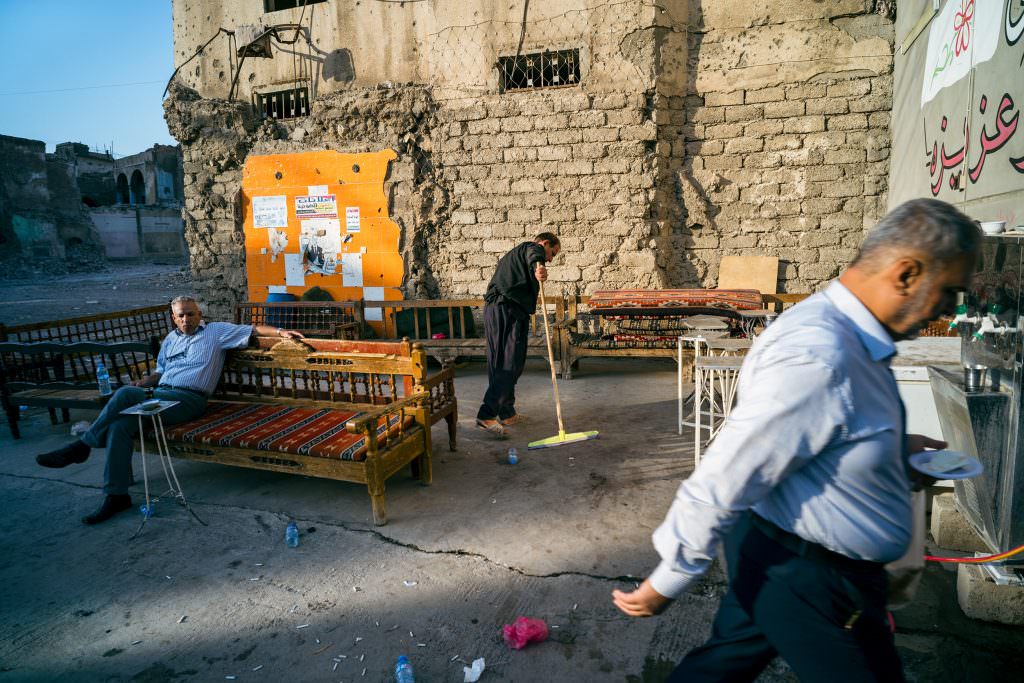
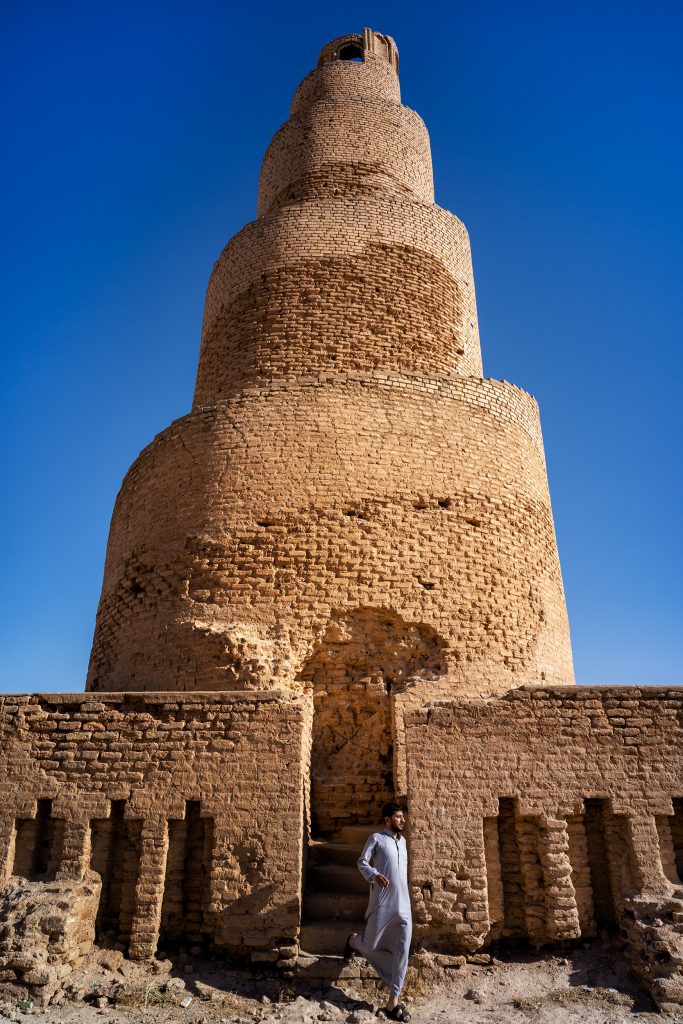
Many of your images capture everyday details that often go unnoticed. How do you decide which details to include and which to leave out?
I think it all depends on the feeling the photo gives me. Sometimes I have beautiful photos with the detail I want to show, but they tell less than less “perfect” photos. So I rate these less beautiful photos higher to better highlight the detail.
Can you describe some of the photographic techniques you use to capture the atmosphere and moment in your photographs?
I observe and try to compose in such a way that the subject stands out in the scene and on the street, telling a story. Sometimes, I rely on zone focusing photography.
“Steve McCurry was certainly the spark that brought me closer to photography, his photographic genre, and travel. Each image transmits emotions to me, telling the story of the street, the places, and the people. Therefore, I believe it is exactly the mix of styles that I love and am inspired by.”
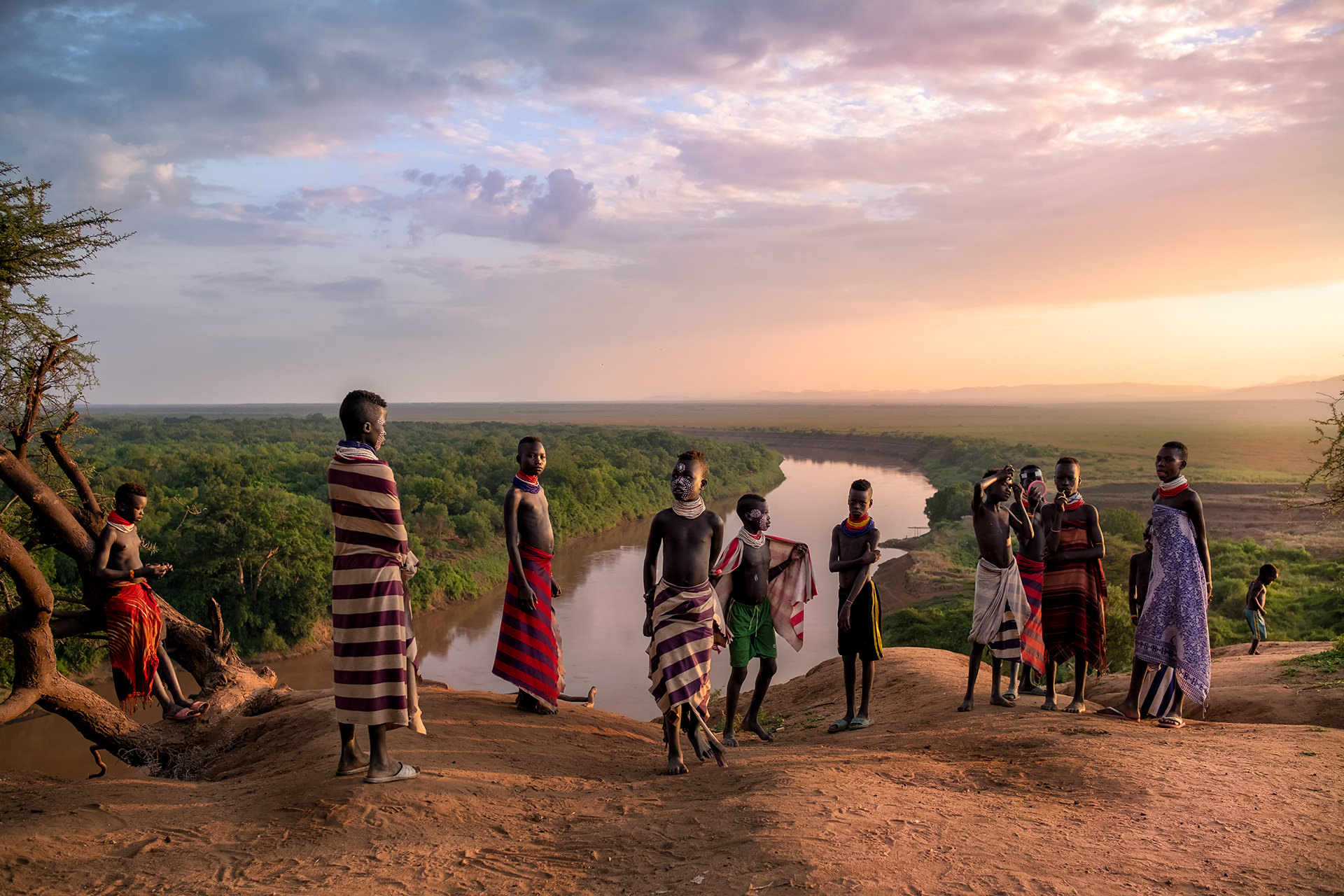
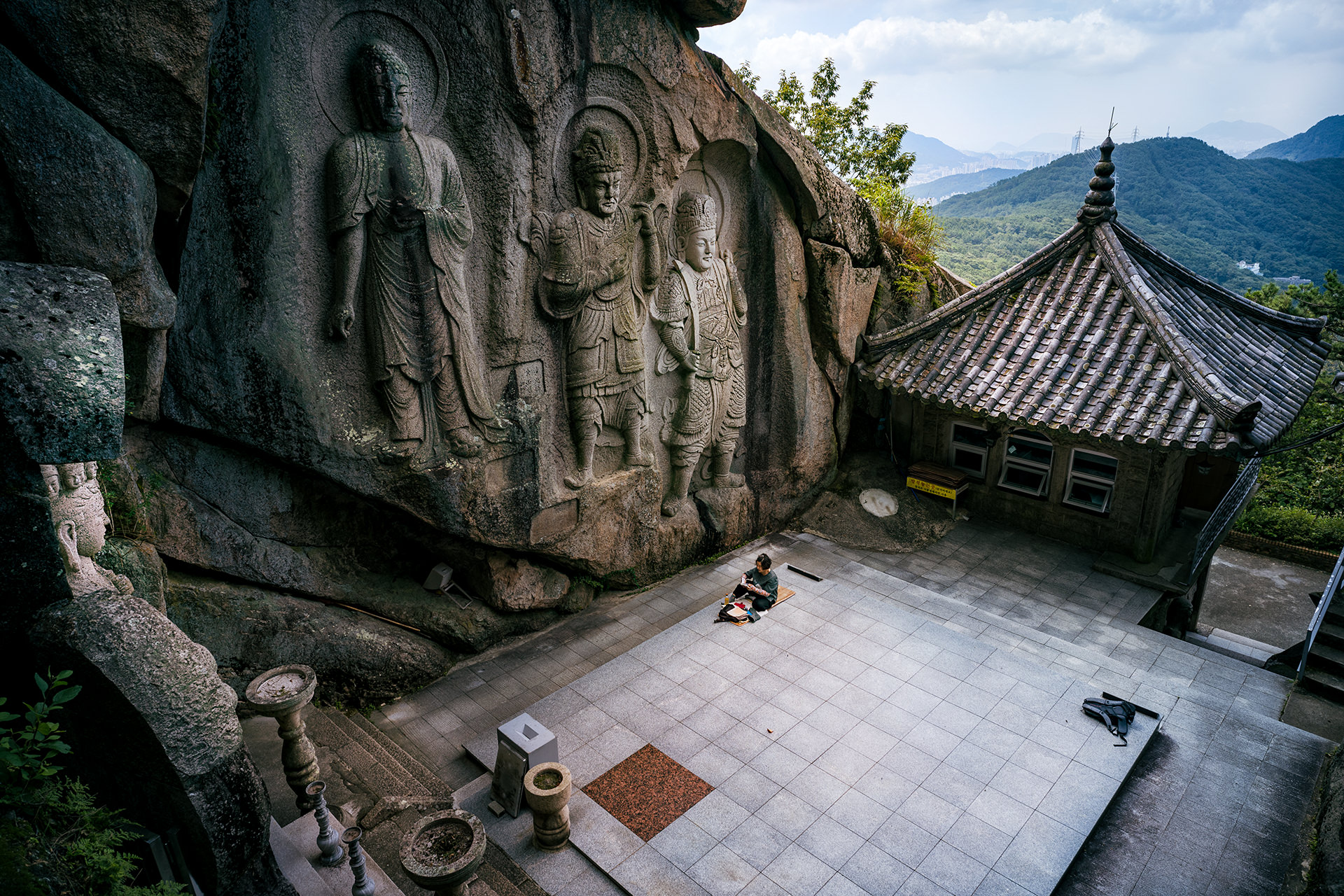
How would you define your photographic style?
Street-Reportage. A mix between street photography and reportage or documentary photography.
Have you ever studied at a photography school, or are you a self-taught artist?
I didn’t go to school, but I studied a lot of images taken by various photographers ranging from travel and documentary reportage to pure street photography. I think I like the happy medium between both.
Who are the Masters of Photography who inspired you most in your photographic works?
Steve McCurry was certainly the spark that brought me closer to photography, his photographic genre, and travel. Each image transmits emotions to me, telling the story of the street, the places, and the people. Therefore, I believe it is exactly the mix of styles that I love and am inspired by.
Do you ever do Street Photography with your smartphone?
Yes, I often use it to document a sort of “behind the scenes” of the images I take, telling the story and the situations that led to that photograph.
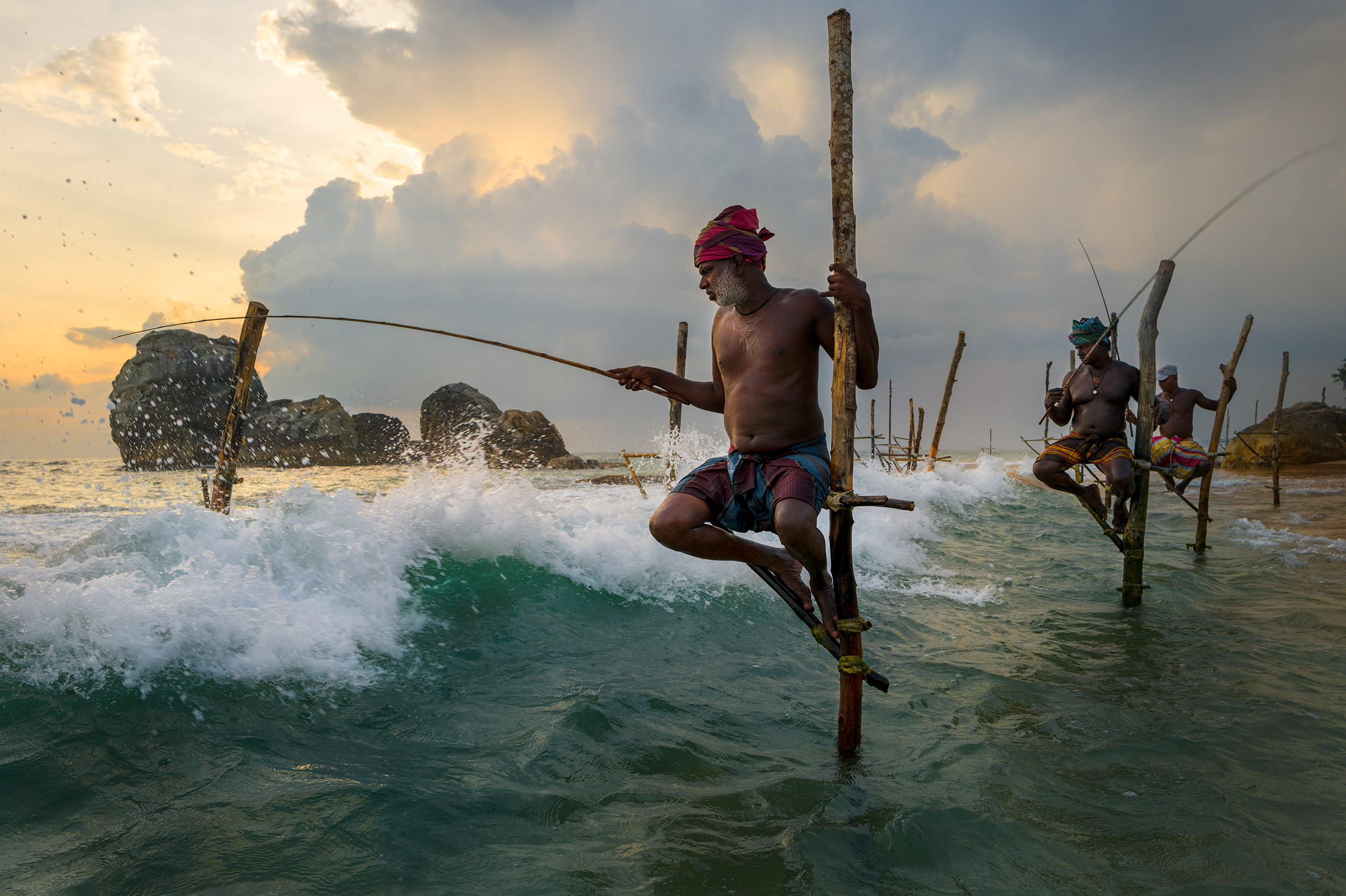
Analog and digital photography. Do you see these as alternatives to one another or the same thing?
I like both, but the costs of film photography and the time required to obtain prints have turned me away from it a bit. However, for a long time, I shot film for fun with a typical point-and-shoot to document school trips or other days with friends when I was a child.
Do you think Street Photography has a more documentary or more artistic value?
It depends on the photographer’s vision and how they interpret it. It can be both or neither. Sometimes it annoys me to see some photos defined as street photography that seem to be taken at random, with no meaning (to me), edited in black and white with strong contrast, solely to emphasize the light. I don’t like this.
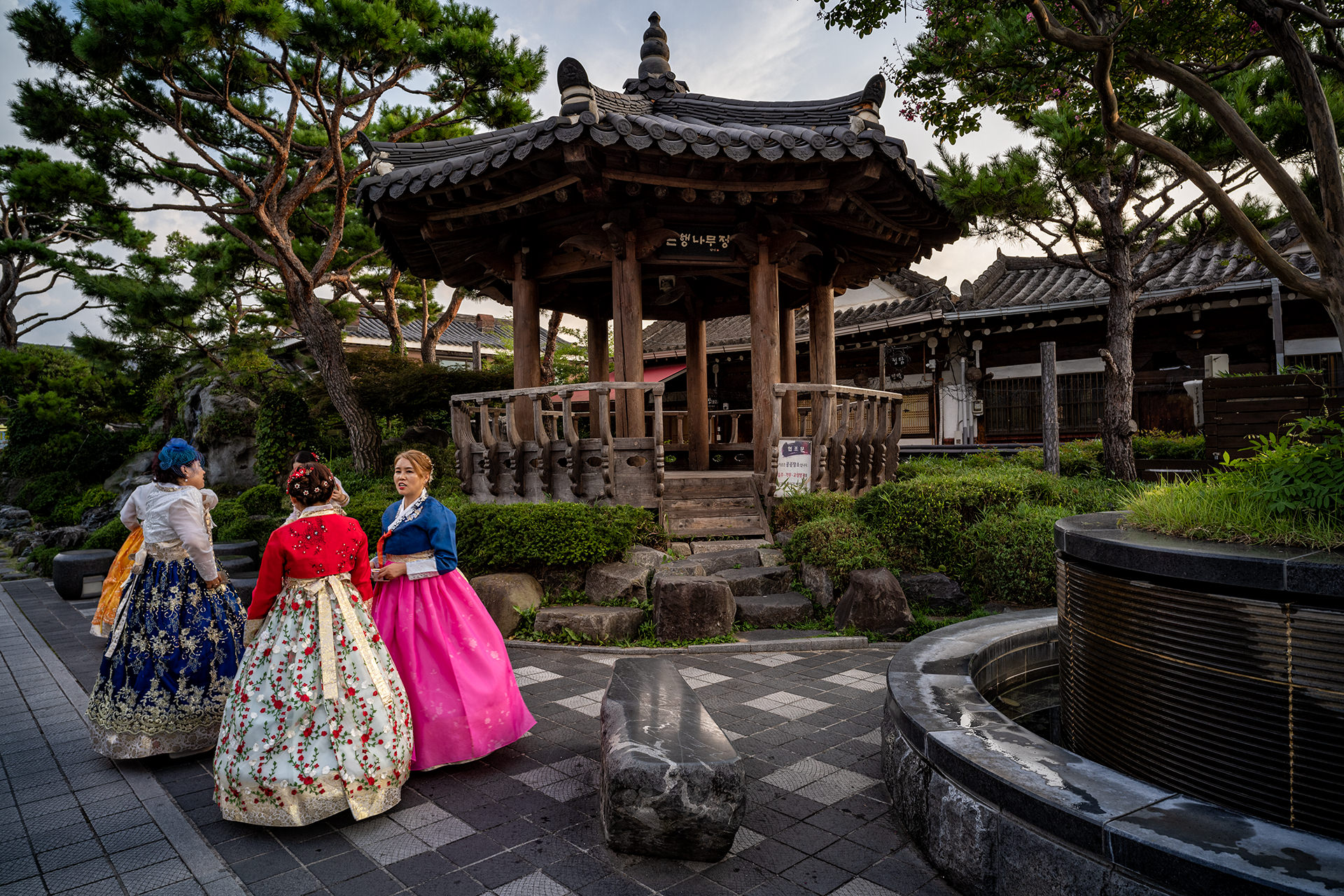
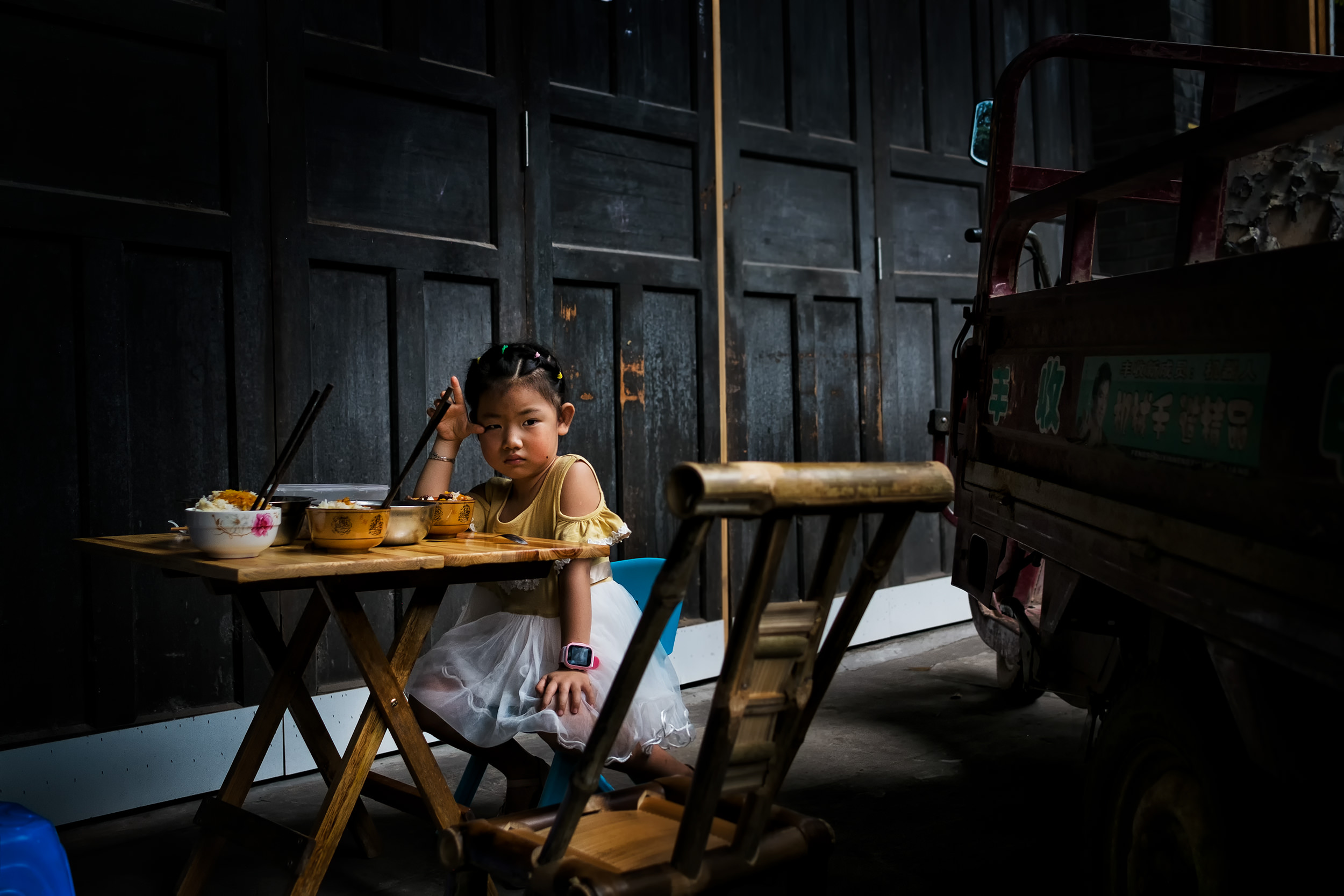
Do you think there are ethical limits in street photography? Do you think it’s possible to shoot everything and everybody? What is your approach in street photography?
Hard question. Or difficult answer. I say that, as in every situation, it is necessary to have ethics and professionalism.
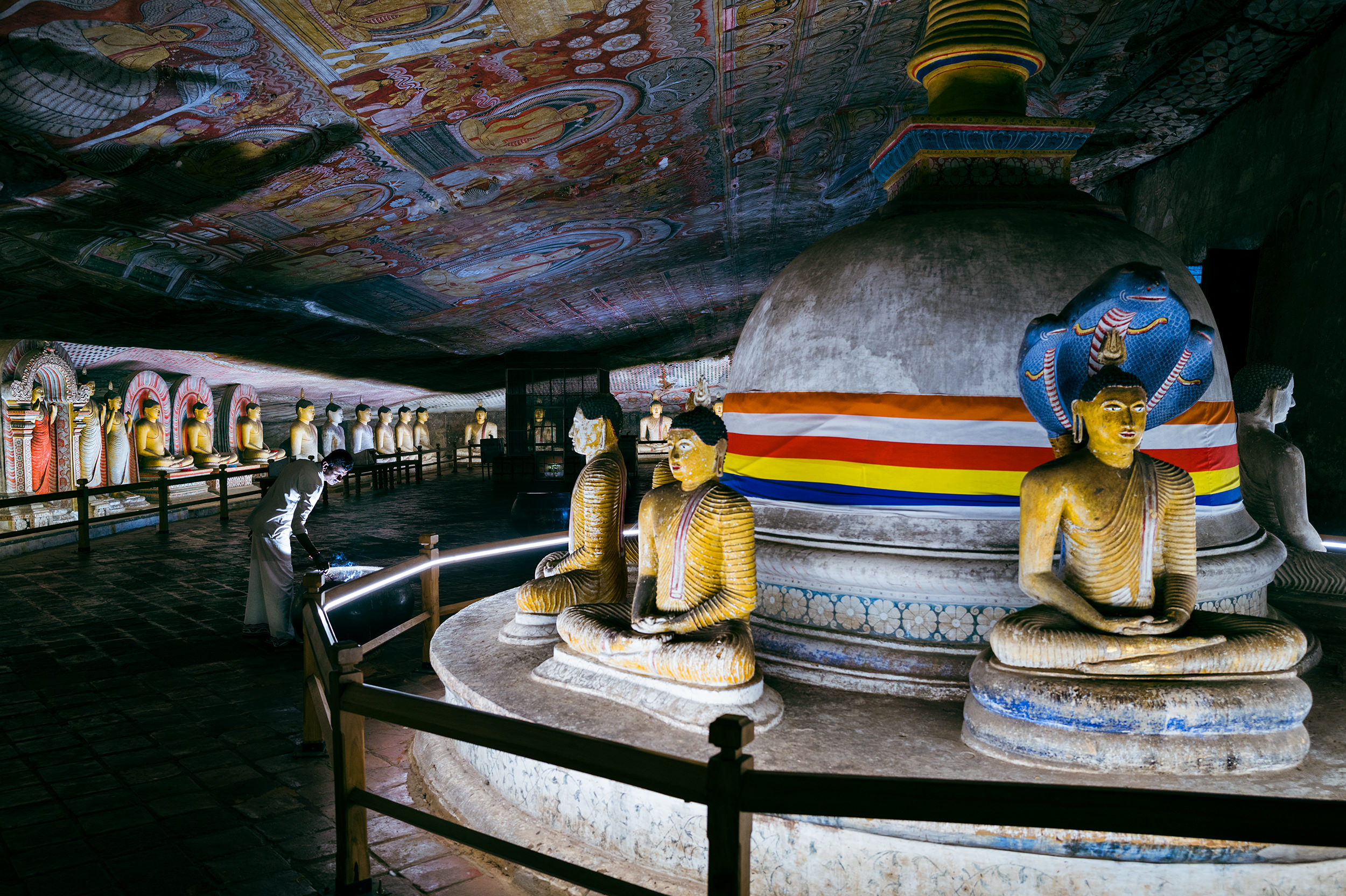
What kind of equipment do you use and what role, in your opinion, does equipment have in street photography?
I currently use Leica and love manual focus lenses. They give me the pleasure of creating the image. However, for years I used Fujifilm’s X-pro line, which changed my approach to photography and gave me the impetus to improve and reach where I am now.
If you had to choose one lens to use for the rest of your life, which one would that be and why?
I think I still have to figure out which one it is, but probably the 24mm. It allows me to document and make my street-reportages optimally.
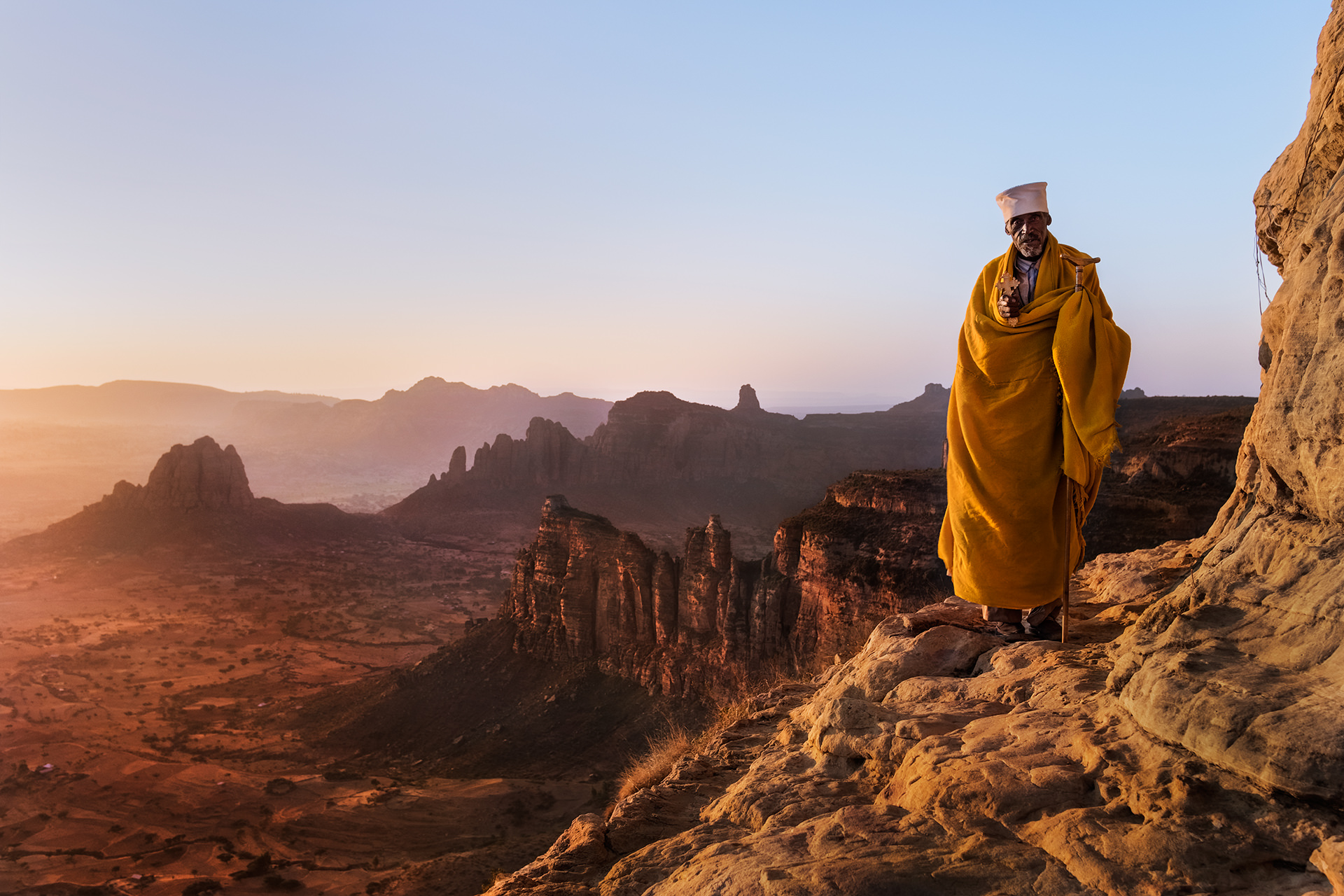
“I dislike the so-called “presets” that standardize the shades of each photo in post-production to make them similar. For me, each photo must be free and unique, even if it can be connected to other photographs to tell a story with different colors.”
After shooting, what actions do you take in terms of processing and editing?
Usually, if I’m traveling, every evening I check the photographs to be deleted. For the others, I mark the best ones with a star in the photographic directory and then back them up on two portable hard disks. As for post-production, I start calmly, a few days after returning from the trip.
Do you have new projects or themes in mind that you would like to explore in the future?
I have a long-term, constantly evolving project that collects photographs taken in various countries around the world, trying to correlate people and their living environments. These are all street-reportage shots with some environmental portraits, and many of these photographs have been individually awarded prizes in important international competitions, personal exhibitions, and publications. From this project, I dream of developing a photography book.
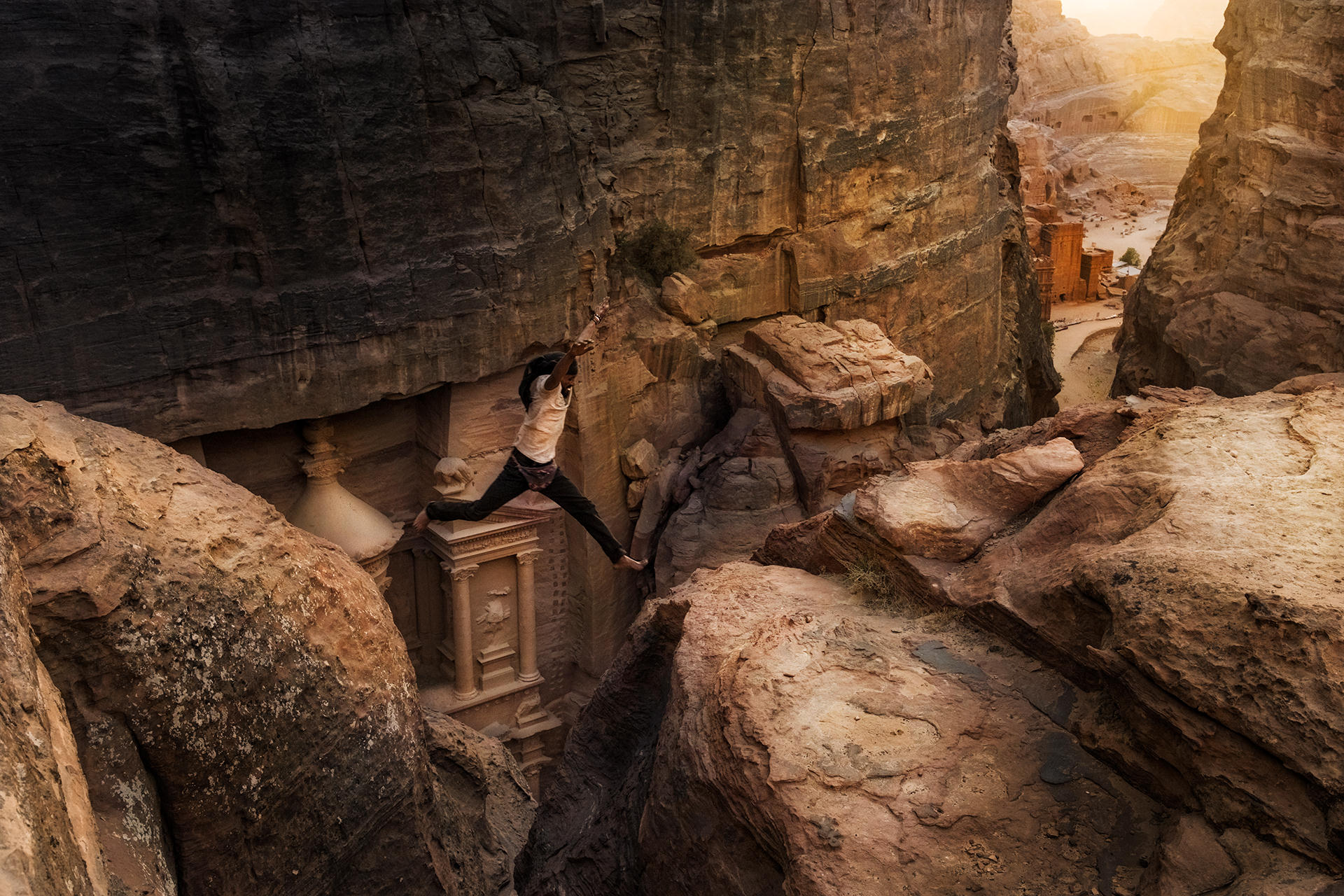
How do you see the evolution of your photographic work?
I would like to improve myself in everything, from street photography to documentary photography, so as to be able to have that speed of execution to never miss the decisive shot, which I often have in mind before shooting. Additionally, I need to improve my photo selection to best create the stories I want to tell.
Which are your favorite photography books?
I have many photo books, both by great photographers like Steve McCurry and Saul Leiter, but I also love looking at less famous photographers’ books or collective books released after major competitions, so I can compare my work with those submitted by other competitors.
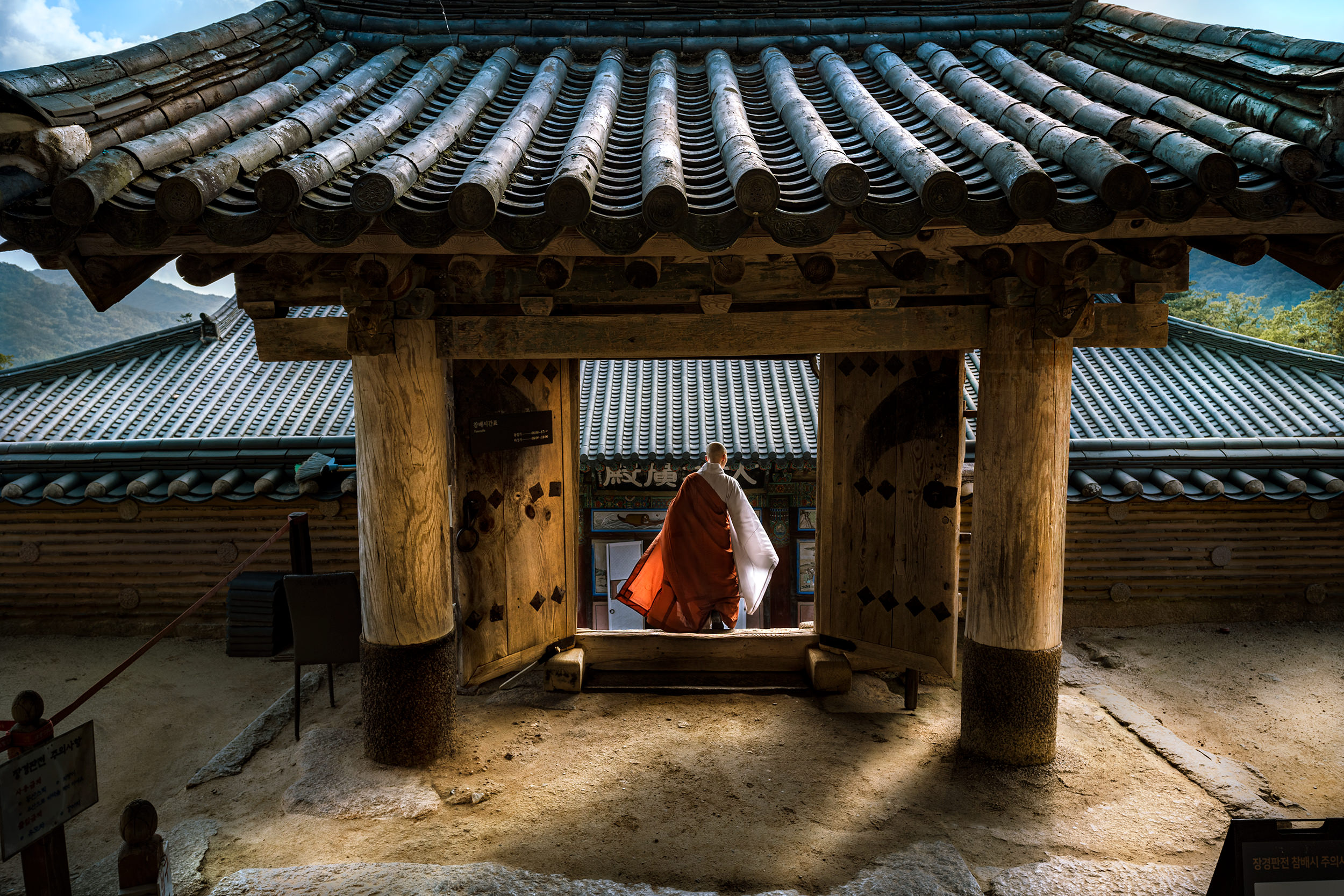
Is there a country or a city that you like to photograph more than others?
Yemen.
What advice would you give to someone who is starting to do street photography and wants to develop a unique and personal style?
Walk, walk, and walk… through cities and small villages, trying to capture what they encounter with the right light. Your own style will come with time and thousands of photos taken.
Thank you!
ANDREA BIOGRAPHY
Andrea Peruzzi was born in the early 1980s in Florence and began taking photographs during his adolescence, immortalizing places and moments with point-and-shoot film cameras, before moving to digital in 2010 and continuing his professional growth. He loves traveling as a “backpacker” to come into contact with the truest and most authentic parts of the places he visits and the people he meets, as he is fascinated by the cultural diversity that our planet offers. A lover of street photography and travel reportage, he continually tries to merge both photographic styles to create faithful street documentation. Awarded several times in renowned international photography competitions, in collective and personal exhibitions, Andrea Peruzzi continues to travel and “see nations through people’s eyes.”
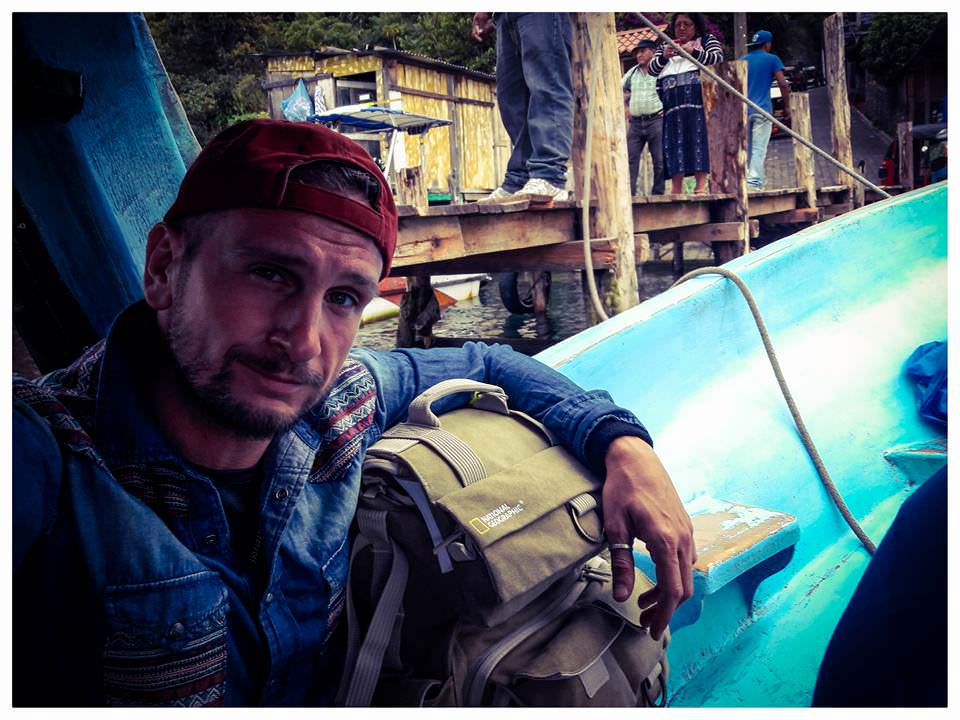
Andrea Links:
Website: https://www.andreaperuzziphotos.com/
Instagram: https://www.instagram.com/andreaperuzzi_photos/

